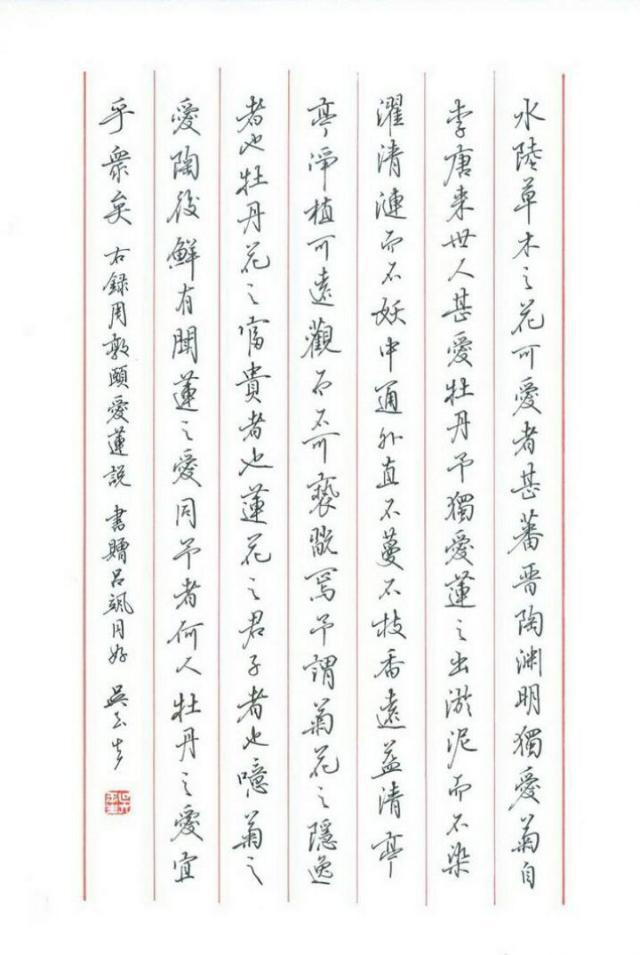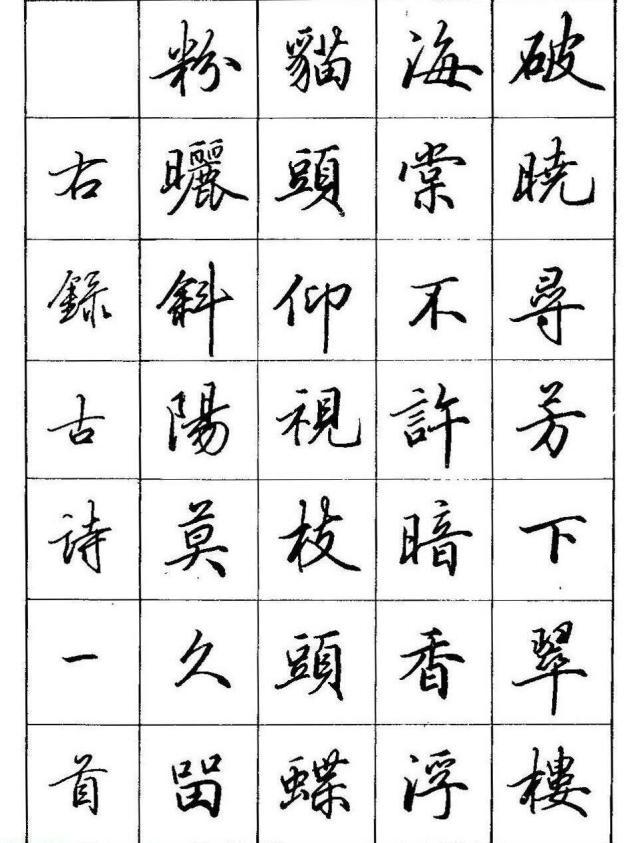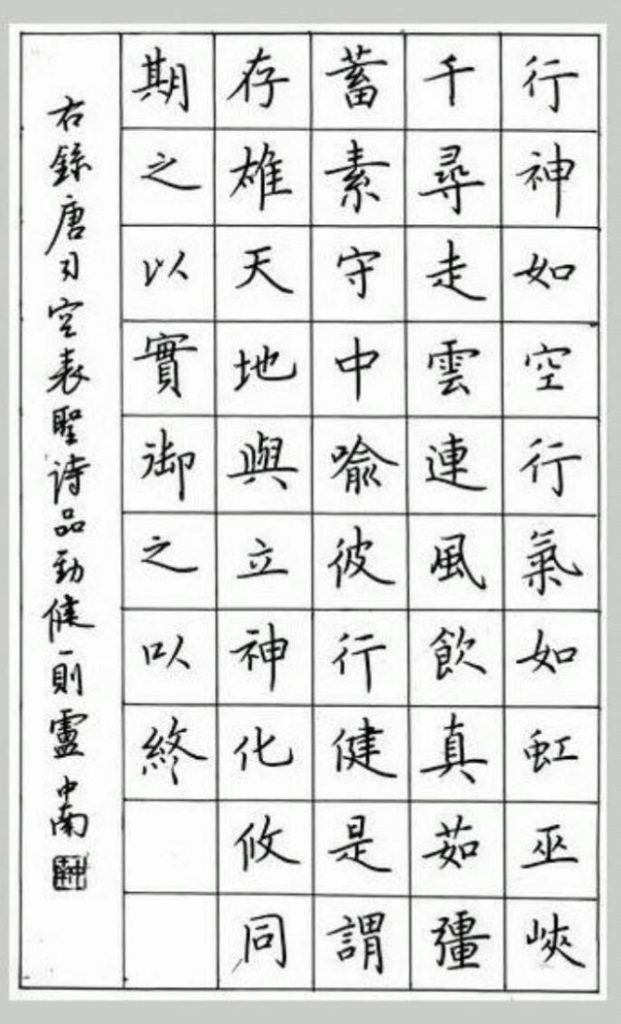Six basic points that you need to know for those who begin to study the hard pen calligraphy and will be very useful to all beginners to master this technique.
Over time, the hard pen calligraphy began to play an important role in our lives. Many want to write in beautiful and strong handwriting, so they begin to study this technique of calligraphic writing. At first, beginners always have a lot of questions. Today I will share six important points with you that you should know when studying the hard pen calligraphy. They are listed below.
1. The gel pen choice
Based on the current state of society, it can be noted that the use of gel pens has surpassed the use of fountain pens. Gel pens became the main writing instrument. However, there are many gel pens that are not suitable for beginners. If we chose gel pens for mastering the hard pen calligraphy, we recommend using pens with a thicker tip and advise choosing pens with a tip with a thickness of 0.7 to 1.1 mm. In the past, the fountain pen was the main tool used for the hard pen calligraphy. The reason a fountain pen is suitable for studying the hard pen calligraphy is that it has a good calligraphic expression function, which consists in pressing the tip of a pen and then slightly removing the wrist to the right.

2. Hard pen calligraphy paper
Hard pen calligraphy paper is different from paper that is used for brush calligraphy, because brush calligraphy paper must have a certain ink absorption property. In the hard pen calligraphy, the situation is different: for this calligraphy technique, slightly rough paper that does not absorb ink is most suitable. And it should also be noted that those who are just starting to master the hard pen calligraphy should start studying with the kaishu style, so you need to choose paper with blocks in the form of the character 米 (a copybook block, lined with horizontal and vertical intersection in the center of the square) and diagonal lines), this will facilitate the development of the structural features of the characters.
3. The copybook choice
As for the copybooks, here it is necessary to clarify one question – what is the purpose of the study: in order to write beautiful hieroglyphs, or in order to learn the hard pen calligraphy. If you just want to write beautifully, then there is no need to choose ancient kaishu style copybooks, you will just add trouble; in your case, you can simply select the copybook for the hard pen calligraphy. If you still want to master the hard pen calligraphy, then based on calligraphic copybooks, you should also study the ancient kaishu writing, this will give you the opportunity to increase the level of your writing.
4. Writing in copybooks
Writing in copybooks includes two concepts: “lin” (copy, sketch) – to look at the hieroglyphs and copy, and “mo” (follow the pattern) – to copy onto transparent paper. Both methods have their advantages, and a combination of these two methods will be even more useful for the study of calligraphy.
5. Mastery of the structure
When studying the hard pen calligraphy, more time needs to be devoted to structure, since for the beginners, the structure is a very important aspect. Using a pen, of course, is important, but if the correct structure is not respected, then all efforts will be wasted.
6. Quantity is not more important than quality
The meaning of the study of calligraphy is not the word “many.” There is even such an expression: “Calligraphy is studied, not practiced.” If you do not understand the method or write without zeal, then all is in vain. One can work hard to hone the skill only on the basis of deep understanding, generalizing experience, and only in this way can one achieve maximum success with minimum effort.




